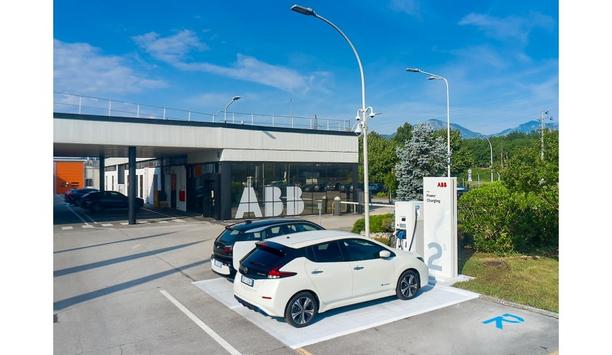After a complicated rollout, electric charge point installations have flourished over the past couple of months, with more than 2,000 new electric vehicle charging points installed in March and April, taking the UK total to over 42,000.
There have also been large increases in the number of rapid and ultra-rapid charging stations around the UK, which many see as being vital to giving people the confidence to switch. The uptake of electric cars will continue over the coming years as the UK prepares for the ban on the sale of new petrol and diesel vehicles in 2030.
two-way connectivity requirements
Justin Godfrey-Cass, Head of Transport Solutions at Wireless Logic comments on the challenges of the rollout, as well as its security implications, “It is great to see that the number of available charge points steadily increasing, finally starting to catch up to electric vehicle demand."
"However, charge point operators and the government must ensure they are not sacrificing quality for quantity, as this will only damage consumer confidence and stunt EV public adoption. All charge points will require resilient and highly secure two-way connectivity."
‘secure-by-design’ policy measure
Operators must make it a top priority to defend infrastructure from cyber-attacks and counter any anomalies"
“As the EV rollout continues to grow and take shape, it will ultimately represent a critical national infrastructure (CNI) relied upon by the public and everyday businesses. Therefore, secure connectivity cannot be overlooked. Establishing a ‘secure-by-design’ policy measure will be vital."
"Operators will need to secure these assets and public data 24/7. It isn’t enough to simply install thousands of charge points, consumers expect their data to be kept confidential through secure private networking, and operators must make it a top priority to defend infrastructure from cyber-attacks, and counter any anomalies to ensure reliable connectivity at all times."
monitoring operational performance
“Massive EV adoption also presents a significant load-balancing challenge for energy service providers. As charge points are rolled out it becomes harder and harder to track whether devices are a load or a source of power on the network."
"Managing fluctuations and preventing power surges will only get more difficult increasing the risk of possible power outages. Service providers need to be able to monitor operational performance and control remote assets to schedule charging cycles or determine when EVs are charging or discharging to help address the imbalance in the grid."







